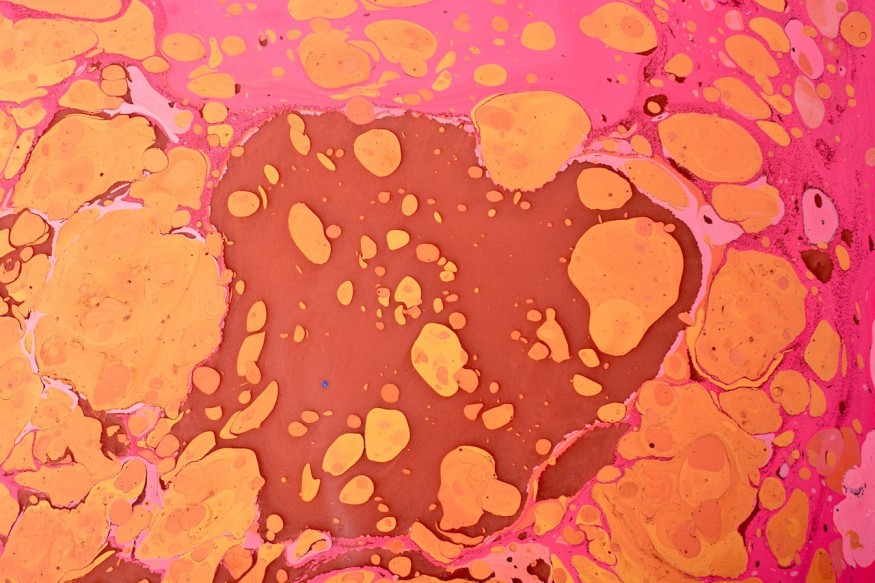
The Night Watch is Rmebrandt's biggest painting. It has a width of 4.37 meters and a height of 3.63 meters. Hundreds of years after it was made, specialists are still looking into pigmentation details with the help of advanced technology.
Scientific Mysteries Within 'The Night Watch'
According to Science Alert, a research team consisting of specialists from all over Europe has observed an unexpected molecule as they looked into the paint buildup that made the esteemed artwork.
Thanks to pigment layers, varnishes, primers, and other media, paintings may have varying chemical compositions across three dimensions. Phys reports that in the 2019 Operation Night Watch framework, which is the largest conversation and research endeavor taken to look into the masterpiece, specialists delved into how the materials for painting react over time and chemically.
The research team used multi-scale imaging approaches in order to chemically understand the materials used for the painting. The team applied an x-ray scanning instrument, which was built by the University of Antwerp, to the painting. Moreover, small fragments from the painting were examined through synchrotron micro x-ray probes at the European Synchrotron (ESRF) in France and the PETRA-III Facility in Germany.
ALSO READ : Australia's Oldest Rock Painting of Kangaroo Found To Be 17,000-Year-Old Thru Radiocarbon Dating
Compound 'Lead Formates' Found in Rembrandt's 'The Night Watch'
Results of the analyses showed that an unexpected compound, lead formates, was present within it. This was the first case for such a compound to be detected in historical painting pieces. Victor Gonzales, study first author and CNRS researcher from the PPSM (Supramolecular and Macromolecular Photophysics and Photochemistry) laboratory in France, notes how lead formates within paintings were only reported once last 2020. However, this was only in fresh-paint or mock-up paintings. He notes how lead formates were not just discovered but found in areas where the lead pigments, white and yellow, were not present. Gonzales notes how they think that these quickly disappear, which may be the reason why lead formates could not be found in prior pieces.
Katrien Keune, professor at the University of Amsterdam and head of science at the Rijksmuseum, notes that such findings are crucial to understanding more about Rembrandt. Keune notes how, within Operation Night Watch, specialists focus on painting condition, technique, and preservation. The lead formate findings may grant important hints regarding the use of oil paint, which is lead-based, the probable effects of oil-based varnished from previous conservation endeavors, and the intricate chemistry behind historical oil-based paintings.
To know more about the compound's origins and if the compound could shed light on the workshop recipes of Rembrandt or on the chemical mechanisms, the scientists looked into fragments from the painting and lab-prepared samples in order to simulate the formations of the painter.
They moved forward with the hypothesis that Rembrant utilized linseed oil, an organic medium composed of PbO litharge (dissolved lead oxide), in order to boost its siccative characteristics. ESRF scientist Marine Cotte notes how they were able to map formates at a micrometric scope and observe their observations with the help of the ESRF.
Professor Koen Janssens of the University of Antwerp notes how such a study also leads to new approaches regarding historical pigment reactivity. Thus, it also helps with heritage preservation.
The scientific team will dig deeper into the formate's origins and evaluate if such a compound can also result from previous restoration treatments.
Check out more news and information on Chemistry in Science Times.
© 2025 ScienceTimes.com All rights reserved. Do not reproduce without permission. The window to the world of Science Times.











